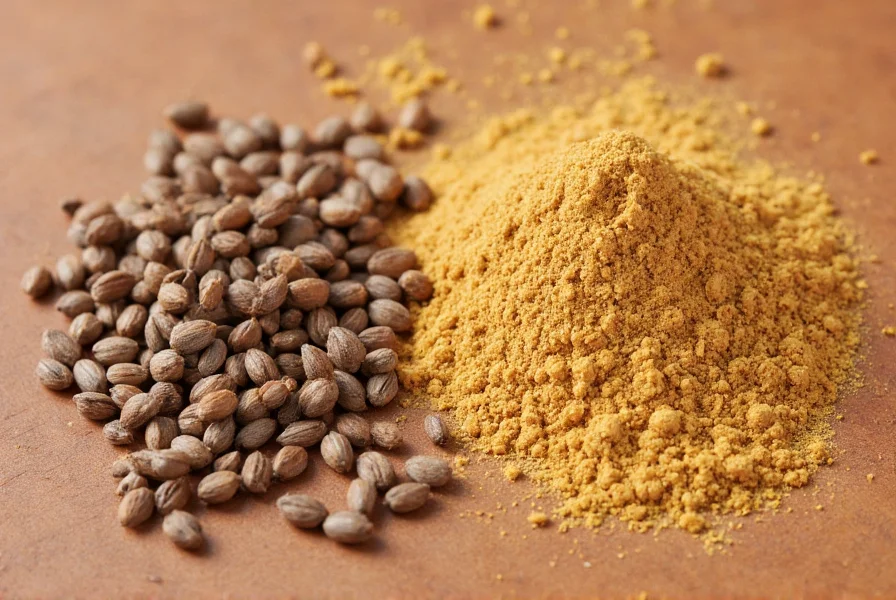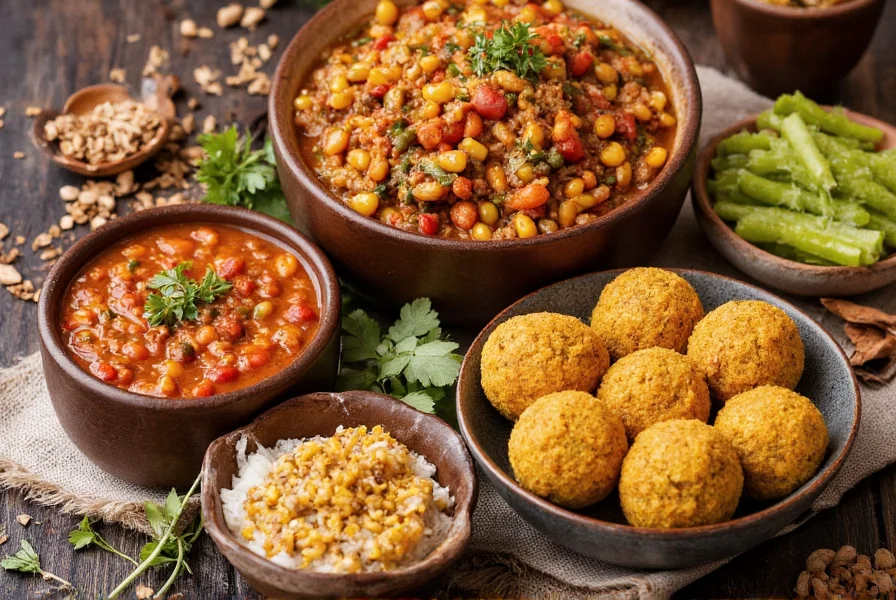Understanding what cumin is goes beyond simply identifying it as a kitchen staple. This ancient spice has played a significant role in human history, appearing in Egyptian tombs and referenced in biblical texts. Cumin's distinctive aroma and flavor make it indispensable in many world cuisines, from Mexican chili to Indian curries and Moroccan tagines.
Origins and Historical Significance
Cumin's journey began in the eastern Mediterranean, where archaeological evidence shows its use dating back to 2000 BCE. Ancient Egyptians used cumin both as a spice and in the mummification process, while Romans carried it throughout their empire as a popular seasoning. The spice's name derives from the Latin cuminum, which came from the Greek kyminon, reflecting its long-standing importance across civilizations.

Flavor Profile and Characteristics
What's cumin's distinctive taste? The spice delivers a warm, earthy flavor with subtle citrus notes and a slight bitterness when raw that transforms into nuttiness when toasted. Whole cumin seeds have a more intense, complex flavor compared to ground cumin, which offers immediate potency but loses its aromatic compounds more quickly.
When evaluating cumin flavor profile characteristics, consider these elements:
| Characteristic | Whole Seeds | Ground Cumin |
|---|---|---|
| Flavor Intensity | Milder when raw, intensifies when toasted | Immediately potent |
| Shelf Life | 6-12 months | 3-6 months |
| Best Uses | Tempering, slow-cooked dishes | Quick recipes, spice blends |
Culinary Applications Around the World
Learning what cumin is used for reveals its global culinary importance. In Indian cuisine, cumin seeds are often tempered in hot oil to release their flavor before adding other ingredients. Mexican cooking relies on ground cumin for chili powders and adobo blends. Middle Eastern dishes feature cumin in falafel and hummus, while North African tagines wouldn't achieve their characteristic depth without this essential spice.
Professional chefs recommend toasting whole cumin seeds in a dry pan for 1-2 minutes before grinding to maximize flavor—a technique that transforms understanding what cumin tastes like in finished dishes. This simple step enhances the spice's natural oils and creates a more complex flavor profile that elevates everything from roasted vegetables to meat rubs.

Differentiating Cumin from Similar Spices
Many home cooks wonder about the difference between cumin and caraway, as both belong to the Apiaceae family and share visual similarities. While caraway has a sweeter, more anise-like flavor, cumin delivers that distinctive earthy warmth. Another common point of confusion is cumin versus coriander—though often used together, coriander offers citrus notes while cumin provides deeper, smokier tones.
Health Benefits and Nutritional Profile
Research into health benefits of cumin spice reveals promising properties, though it's important to maintain realistic expectations. Cumin contains antioxidants and may support digestion when consumed in culinary amounts. Traditional medicine systems have used cumin for centuries, but modern science continues to investigate its potential effects. As with any spice, cumin works best as part of a balanced diet rather than as a standalone remedy.
Practical Usage Tips for Home Cooks
When incorporating cumin into your cooking, consider these practical guidelines:
- Store whole seeds in an airtight container away from light to preserve freshness
- Grind seeds just before use for maximum flavor impact
- Add ground cumin early in cooking to allow flavors to meld
- Use whole seeds in rice dishes or pickling brines for subtle flavor infusion
- Balance cumin's bitterness with a pinch of sugar or acid in sauces
Common Substitutes When Cumin Isn't Available
If you're wondering what to use instead of cumin, several alternatives can approximate its flavor profile:
- Coriander seeds (use 1.5 times the amount of cumin called for)
- Fennel seeds (for dishes where anise notes complement other ingredients)
- Chili powder (in Mexican dishes, though this adds heat)
- Paprika (for color and mild earthiness without the distinctive cumin flavor)
Remember that no substitute perfectly replicates cumin's unique character, making it worth keeping in your spice collection once you understand what cumin brings to dishes.
Making Sense of Cumin in Your Kitchen
Understanding what cumin is and how to use it properly can transform your cooking. This versatile spice bridges culinary traditions across continents, adding depth and complexity to countless dishes. Whether you're exploring authentic recipes or creating your own fusion cuisine, cumin remains an essential tool in any well-equipped kitchen. By recognizing its flavor profile, proper storage methods, and culinary applications, you'll gain confidence in using this ancient spice to elevate your everyday cooking.
Frequently Asked Questions
What is cumin made from?
Cumin is made from the dried seeds of Cuminum cyminum, a flowering plant in the parsley family. The small, crescent-shaped seeds are harvested when ripe and can be used whole or ground into powder.
Is cumin the same as turmeric?
No, cumin and turmeric are completely different spices. Cumin comes from seed pods and has an earthy, warm flavor, while turmeric is a root with a bright yellow color and more bitter, slightly ginger-like taste. They're often used together in curry blends but have distinct properties.
Does cumin have any health benefits?
Cumin contains antioxidants and may support digestion when consumed in typical culinary amounts. Some studies suggest potential benefits for blood sugar control and cholesterol, but more research is needed. As with any spice, it should be part of a balanced diet rather than relied upon as a medical treatment.
How should I store cumin to keep it fresh?
Store whole cumin seeds in an airtight container away from light and heat for up to 12 months. Ground cumin loses potency faster and should be used within 6 months. For maximum freshness, buy whole seeds and grind them as needed.
Why does my cumin taste bitter?
Cumin can taste bitter if it's old or stale, if too much is used, or if it's burned during cooking. Toasting whole seeds properly (just until fragrant, not browned) enhances flavor without bitterness. Ground cumin added too early in cooking can also develop bitter notes as it simmers.










 浙公网安备
33010002000092号
浙公网安备
33010002000092号 浙B2-20120091-4
浙B2-20120091-4